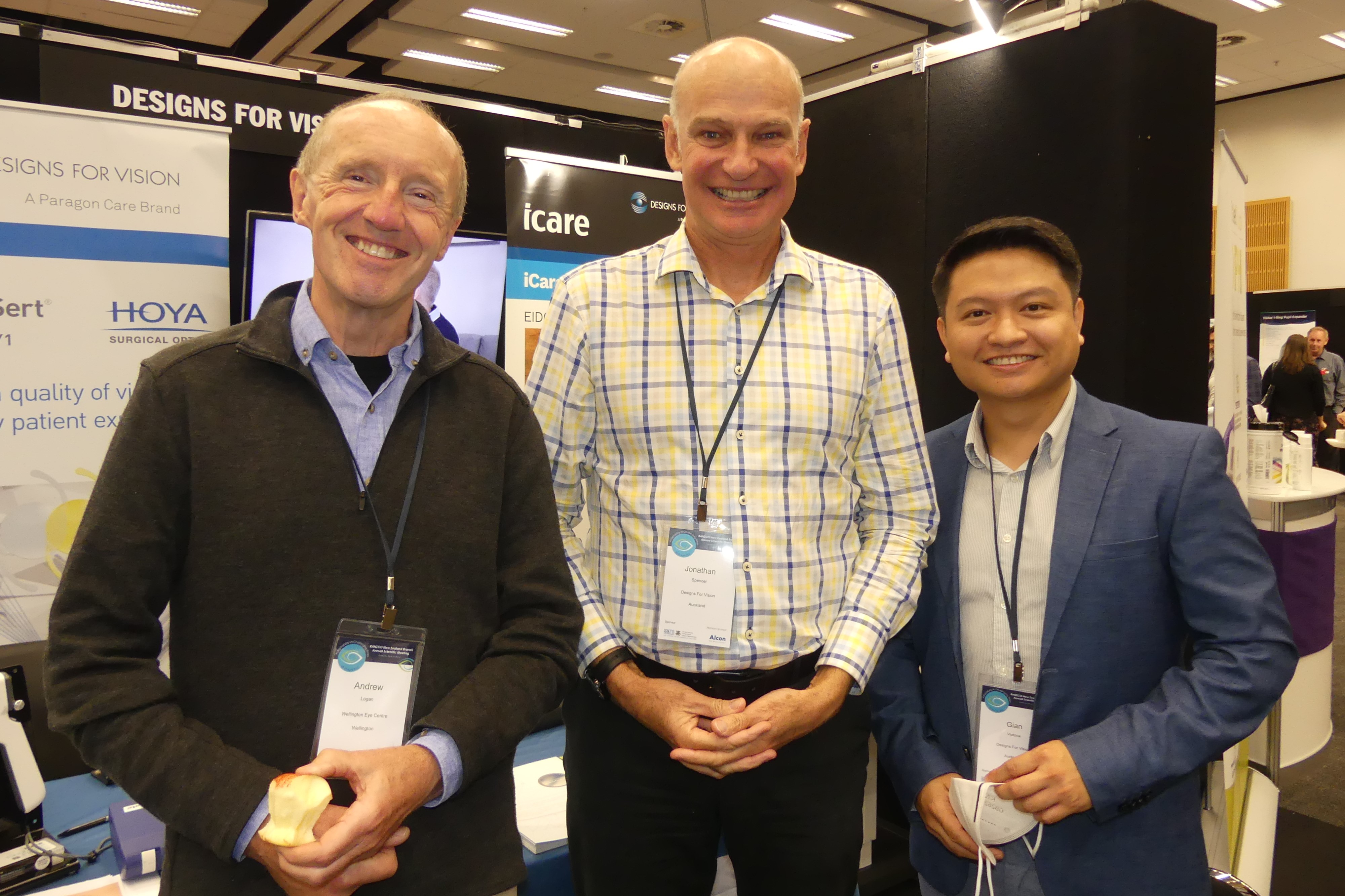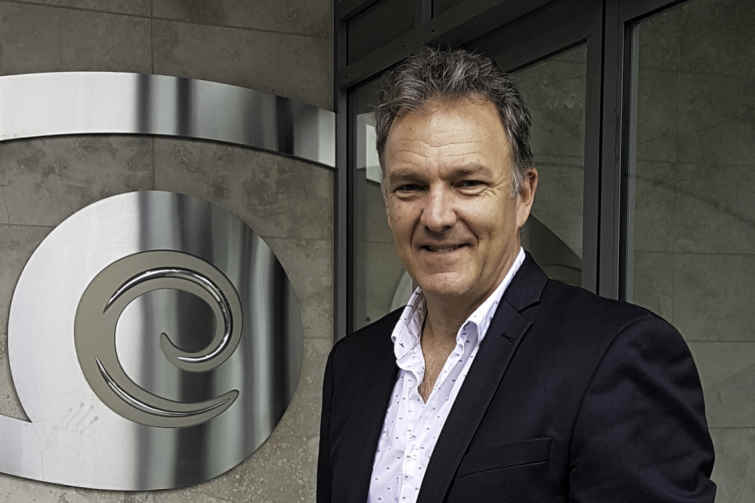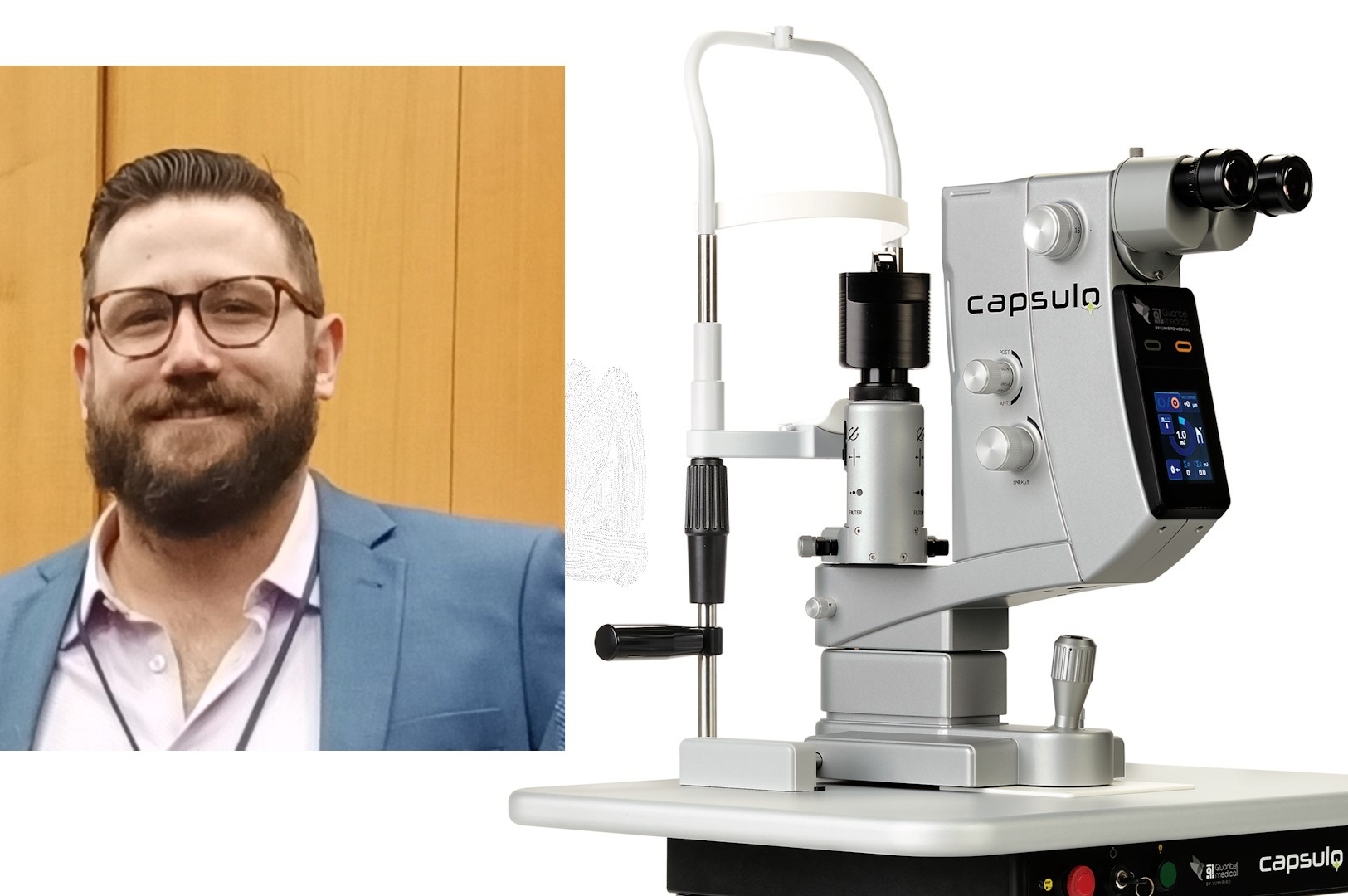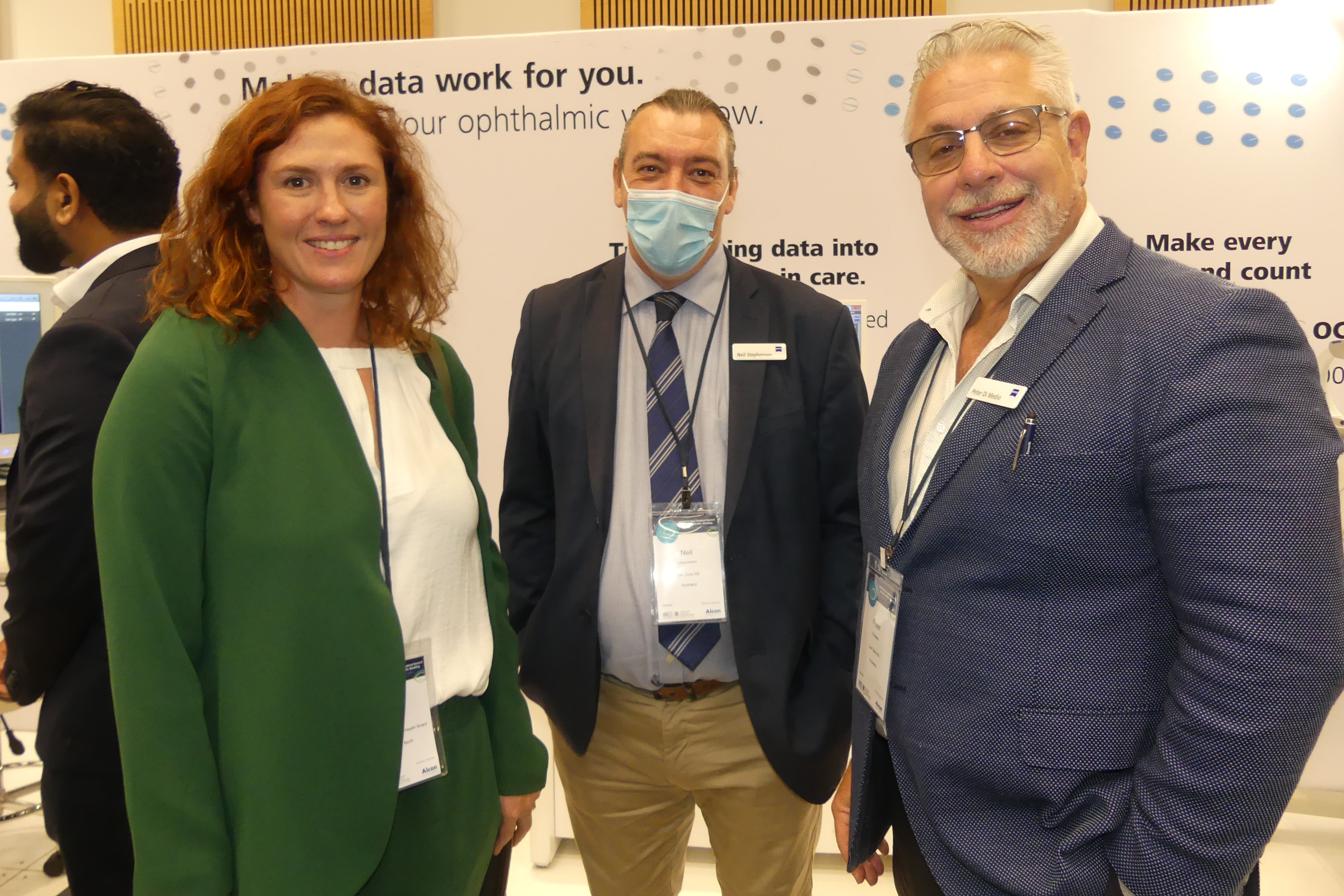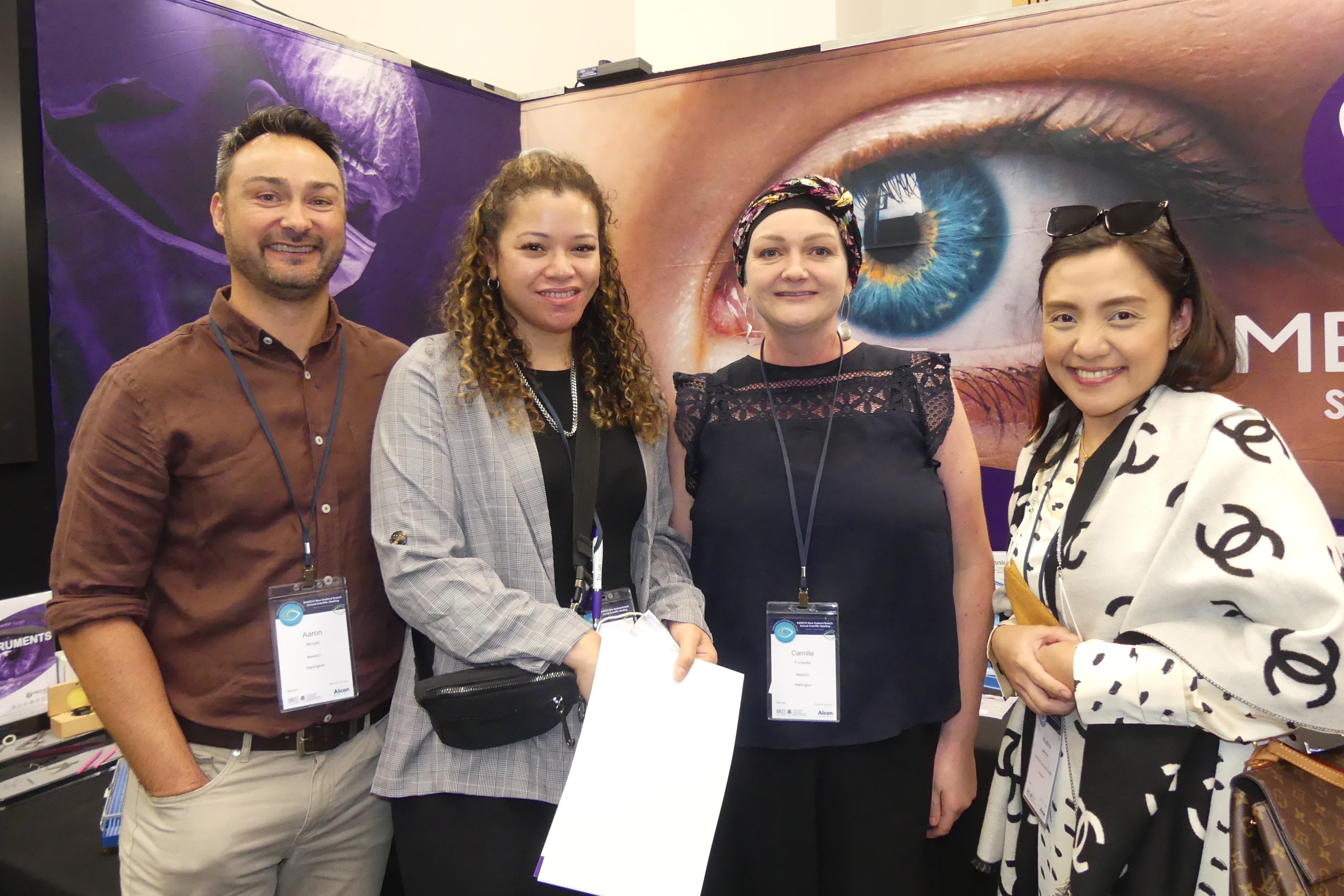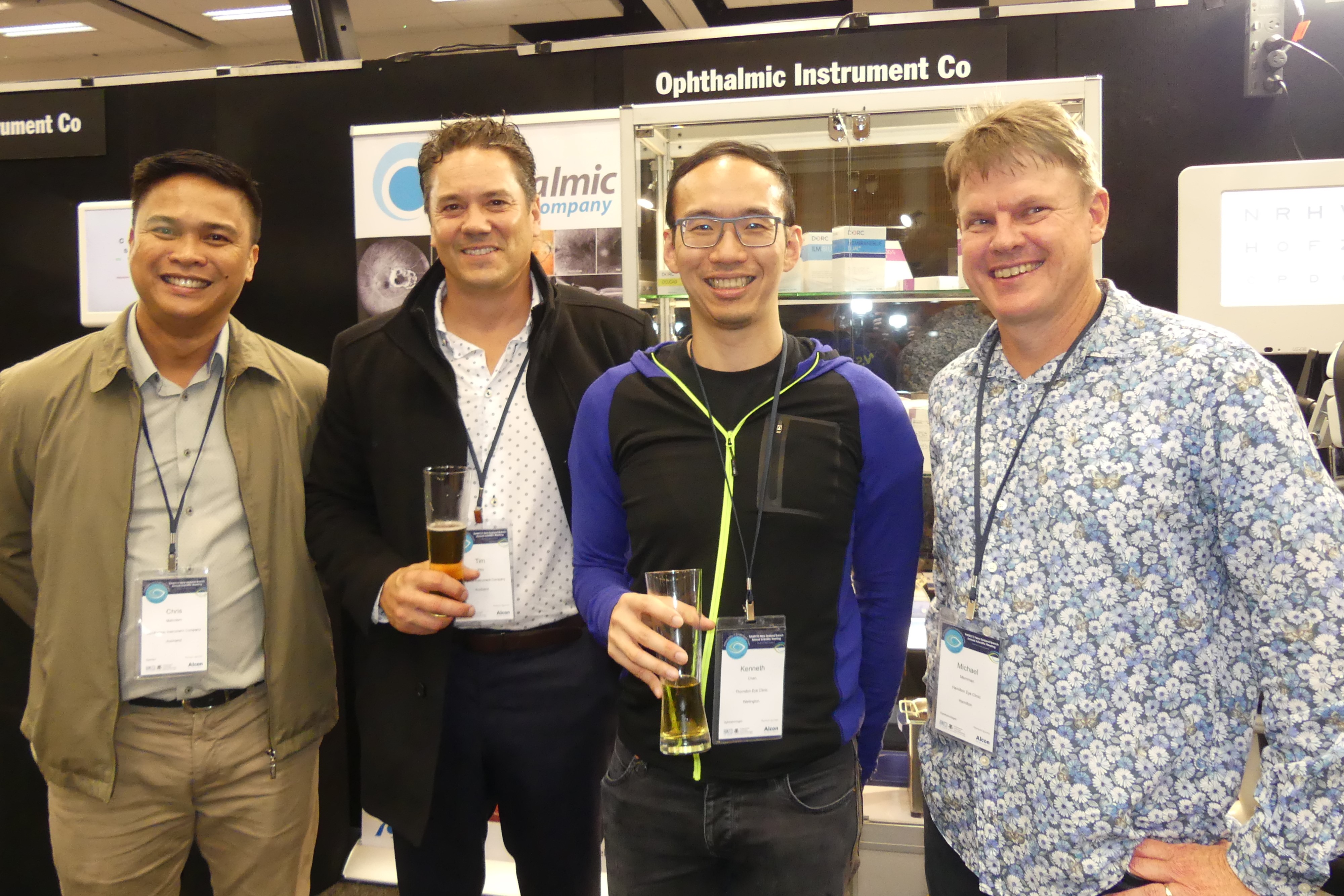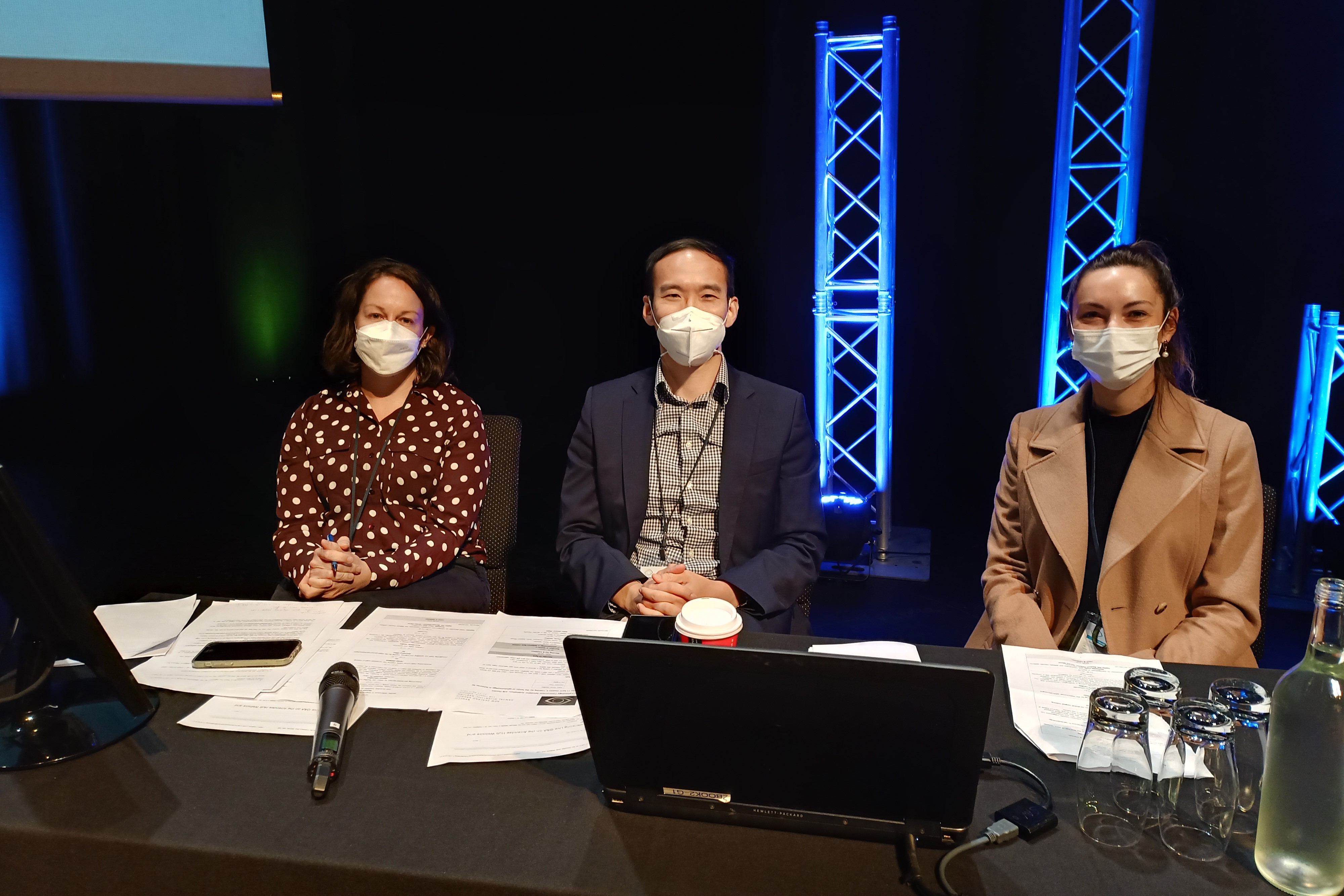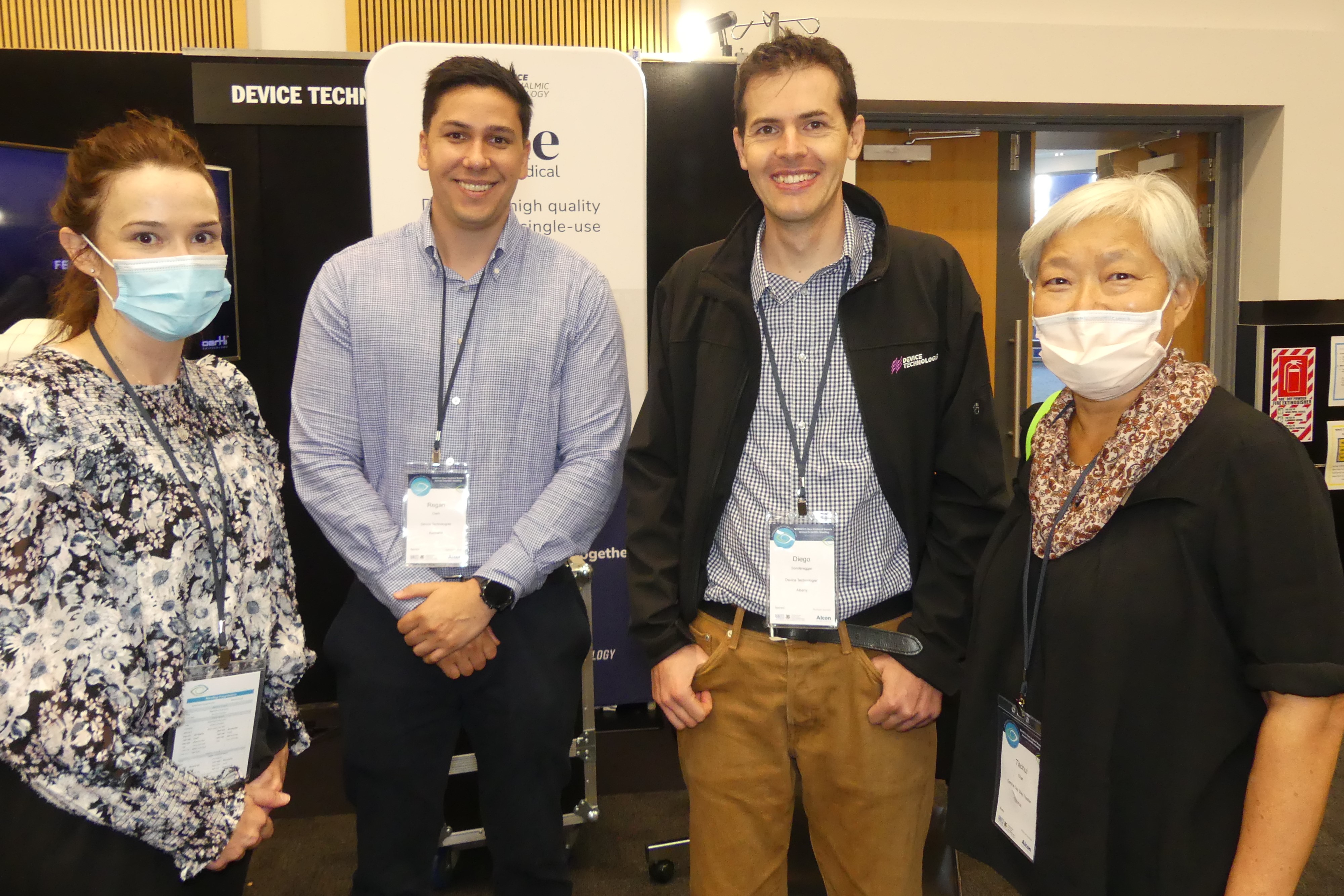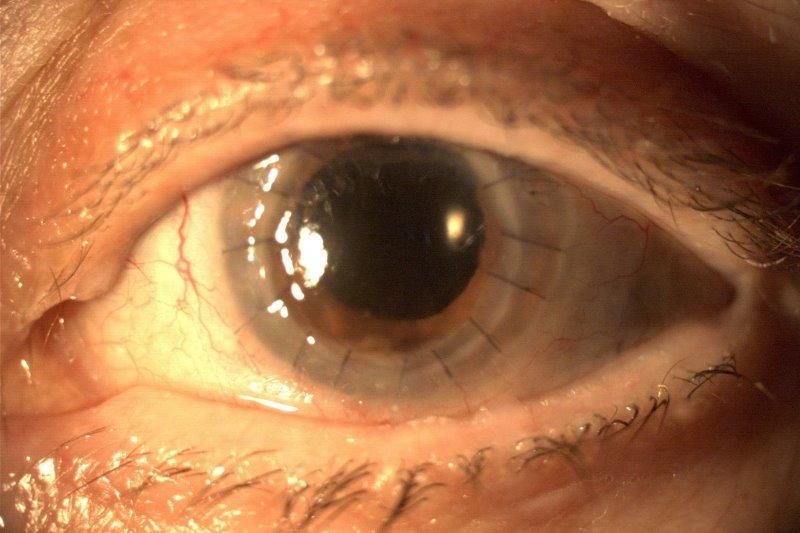DFV launches RETeval in NZ
Now available for sale in New Zealand, LKC Technologies’ RETeval visual electrodiagnostic system is a portable, handheld, functional diagnostic device for medical professionals to diagnose patients with diabetic retinopathy, glaucoma, central retinal vein occlusion, paediatric nystagmus and inherited diseases. Most recently it has also been employed to identify relationships between neurological conditions and retinal waveform responses as part of a study series into autism at Flinders University in Adelaide.
“It’s very exciting, especially for the early detection of eye disease,” said Designs for Vision’s (DFV’s) Gian Victoria. It offers full-field electroretinography testing, one eye at a time, using a small red, green, blue LED-based ganzfeld and includes a host of ISCEV (International Society for Clinical Electrophysiology of Vision) dark- and light-adapted single-flash and flicker protocols, he explained. “So it helps doctors obtain objective, functional information by evaluating the retina’s response to light, which allows them to assess functional changes that may impact a patient’s vision.” The product’s portability, affordability and ease of use, led to enquiries even before the product was unveiled at the RANZCO NZ 2022 meeting, he added.
In other news, Victoria also highlighted the new iCare Eidon fundus imaging device’s ultra-widefield (UWF) lens attachment. The UWF high resolution imaging provides both detail-rich and panoramic views of the retina, without areas lost to the lids, up to 120˚ in a single shot and up to 200˚ in a combined montage, which takes about 30 seconds per eye, said Victoria. “So you can see the really far corners of the retina, from the posterior pole to the periphery, in TrueColour, infrared or blue fundus autofluorescence.” You don’t need to dilate and it also offers fluorescein angiography to observe retinal blood flow, he said.










